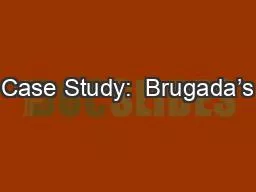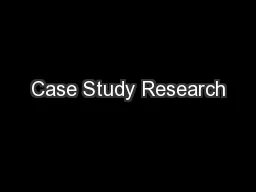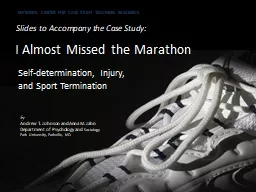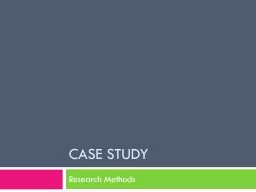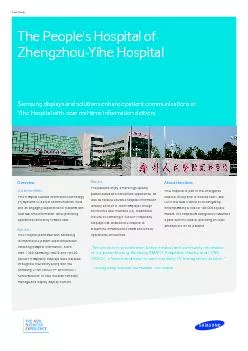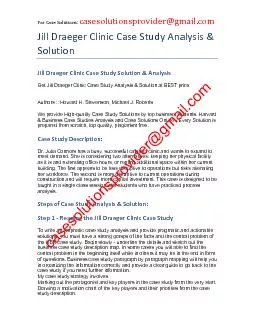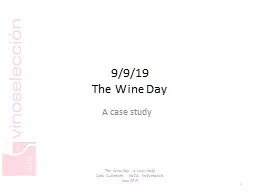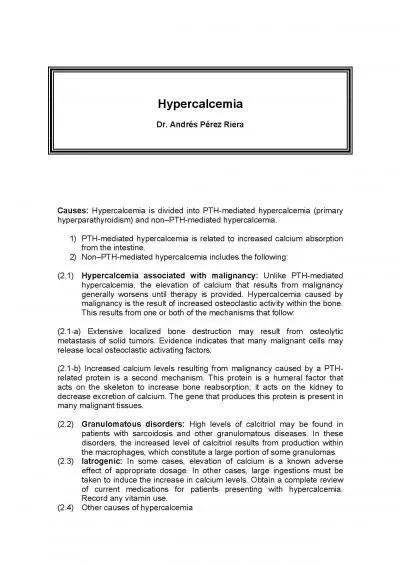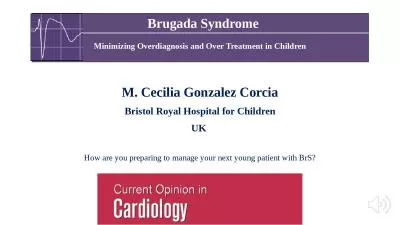PPT-Case Study: Brugada’s
Author : backbays | Published Date : 2020-06-16
Syndrome Presented by Fran Connolly Prime Care Physicians Preceptor Dr Jose David Completed his residency at Albany Medical College in 1991 Started at Prime Care
Presentation Embed Code
Download Presentation
Download Presentation The PPT/PDF document "Case Study: Brugada’s" is the property of its rightful owner. Permission is granted to download and print the materials on this website for personal, non-commercial use only, and to display it on your personal computer provided you do not modify the materials and that you retain all copyright notices contained in the materials. By downloading content from our website, you accept the terms of this agreement.
Case Study: Brugada’s: Transcript
Download Rules Of Document
"Case Study: Brugada’s"The content belongs to its owner. You may download and print it for personal use, without modification, and keep all copyright notices. By downloading, you agree to these terms.
Related Documents

